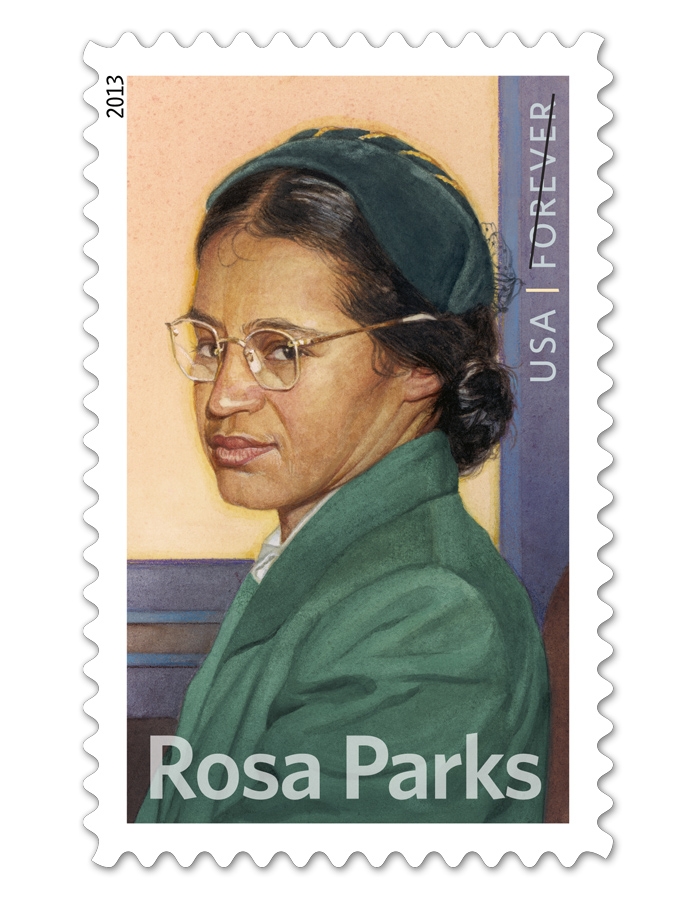On May 17, 1954, the Unites States Supreme Court ruled “separate educational facilities are
inherently unequal,” thereby ending nearly 60 years of de jure racial segregation in seventeen states.
Despite initial challenges, by 1970, Southern schools were the most integrated schools for black
students in the country. Beginning in the 1990s, however, a series of Supreme Court decisions
allowed for the abandonment of desegregation plans in favor of neighborhood schools, and cut
funding intended to remedy the educational harm caused by segregation. The effect was an almost
immediate return to segregated schools for many American students.
The Civil Rights Project today released three new studies showing persistent and serious increases in segregation by race and poverty, with very dramatic results in the South and West, the nation’s two largest regions where students of color now comprise the majority of public school enrollment.
For decades, the Civil Rights Project has monitored the success of American schools in reaching the goals of integrating schools and equalizing opportunity in a changing society. Segregation is directly linked to severe problems, such as high dropout rates, lack of experienced teachers, and fewer resources. E Pluribus… Separation summarizes the most rigorous research to date showing that segregated schools are systematically linked to these and other unequal educational opportunities.
This new research by the Civil Rights Project includes an extensive report on national trends, “E Pluribus… Separation: Deepening Double Segregation for More Students,” as well as two smaller regional reports, “The Western States: Profound Diversity but Severe Segregation for Latino Students,” and “Southern Slippage: Growing School Segregation in the Most Desegregated Region of the Country.”
Latino students, who attend more intensely segregated and impoverished schools than they have for generations. The segregation increases for Latinos are most dramatic in the West.
In spite of declining residential segregation for black families, and their large-scale movement to the
suburbs in most parts of the country, school segregation for black students remains very high and is
increasing most severely in the South, which led the nation in school integration after the l960s
desegregation struggles took effect.
Segregation is directly linked to severe problems, such as high dropout rates, lack of experienced teachers, and fewer resources. E Pluribus… Separation summarizes the most rigorous research to date showing that segregated schools are systematically linked to these and other unequal educational opportunities.
Founded in 1996 by former Harvard professors Gary Orfield and Christopher Edley, Jr., the Civil Rights
Project/Proyecto Derechos Civiles is now co-directed by Orfield and Patricia Gándara, professors at UCLA.
Impact of Racially and Socioeconomically Isolated Schools
Before describing current enrollment trends in the United States, it is important to understand the impact of segregated schools on student outcomes. Racially and socioeconomically isolated schools are strongly related to a range of poor educational outcomes, including less experienced and less qualified teachers, high levels of teacher turnover, less successful peer groups, and inadequate facilities and learning materials. While studies have documented teachers as having the single largest impact on student academic achievement, highly qualified, experienced teachers are less likely to teach in low-income, high minority schools than their less experienced peers. For those who do, overall salaries and advanced training opportunities are lower, and curricula are often less challenging and more reliant on rote skills and memorization than in schools in more affluent neighborhoods.
Coleman Report.pdf: Equality of Educational Opportunity (COLEMAN) Study
Perhaps the single best-known piece of social science research ever done in this country is the study produced by sociologist James Coleman in 1966 under the authority of the 1964 Civil Rights Act, commonly called “the Coleman Report.” Coleman’s work is the second largest social science research project in history, covering 600,000 children in 4,000 schools nationally. Federal Education Policy and the States, 1945-2009













